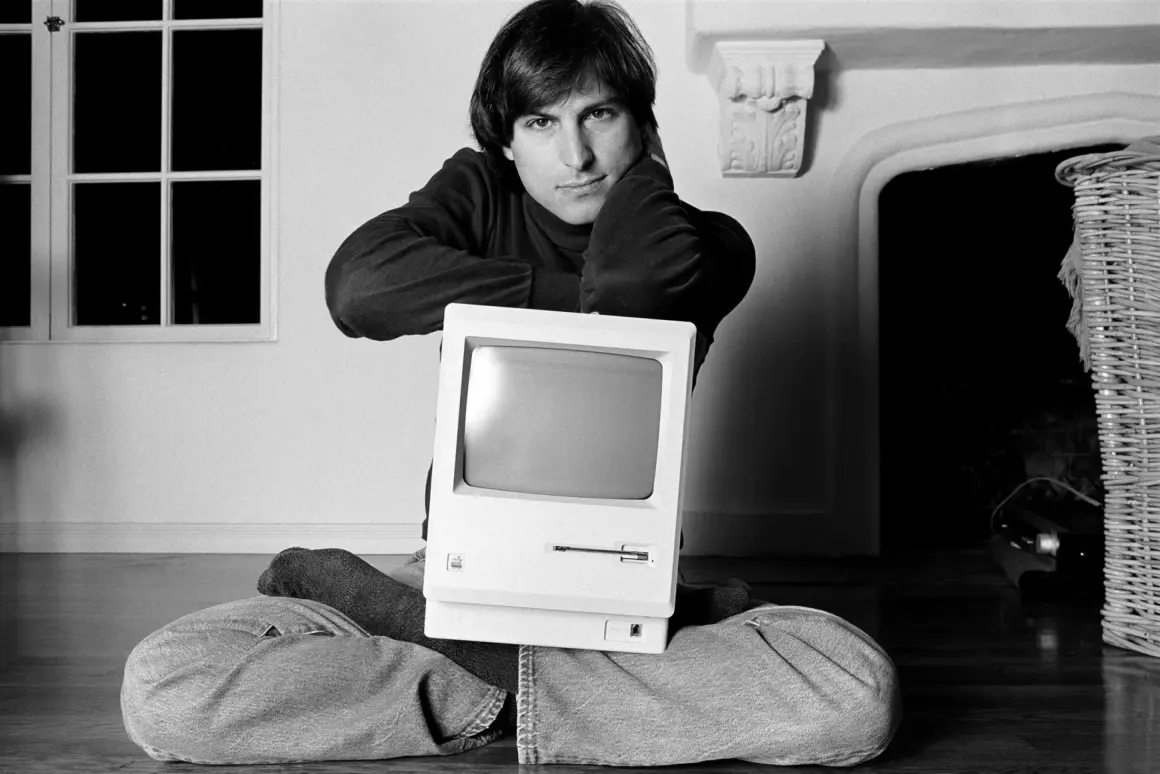Today is the day the tech world lost one of its most influential figures. Steve Jobs’ death marked the end of an era and turned a living legend into a cultural shorthand for product-led design thinking. What makes Jobs’ influence sticky isn’t nostalgia — it’s that Apple still builds, markets and stages products using playbook moves he perfected: ruthless focus on the user experience, a design-first mindset, and showmanship at product launches. Those moves shaped entire industries and remain visible in how Apple presents both hardware and software today.
One of Jobs’ most quoted lessons came out of a 2003 profile about the iPod: “Most people make the mistake of thinking design is what it looks like… Design is how it works.” That line isn’t just a slogan — it’s a blueprint that pushed engineering and industrial design teams at Apple to solve for function, feel and simplicity in equal measure.
Jobs didn’t invent the digital music player or the smartphone, but he rewrote the rulebook for how those products are designed, sold and experienced. Apple’s later moves — premium hardware, tight hardware/software integration, and a premium retail channel — trace directly back to choices he championed. Those choices continue to inform Apple’s bets, from the Mac to iPhone and beyond.
Jobs produced extraordinary products, but he was also a complicated, demanding figure. Biographers and profiles describe a leader who could be inspiring and exacting in equal measure. The paradox of his personality is part of why his legacy is still talked about so fiercely.
How did Steve Jobs’ work touch your life — the device you couldn’t live without, a design lesson you still use, or a memory from an Apple keynote? Drop a comment and tell us which Jobs-era idea you think Apple should protect or retire next. Stay updated with the latest news and deals by downloading the Appleosophy App from the App Store or by visiting our website.








